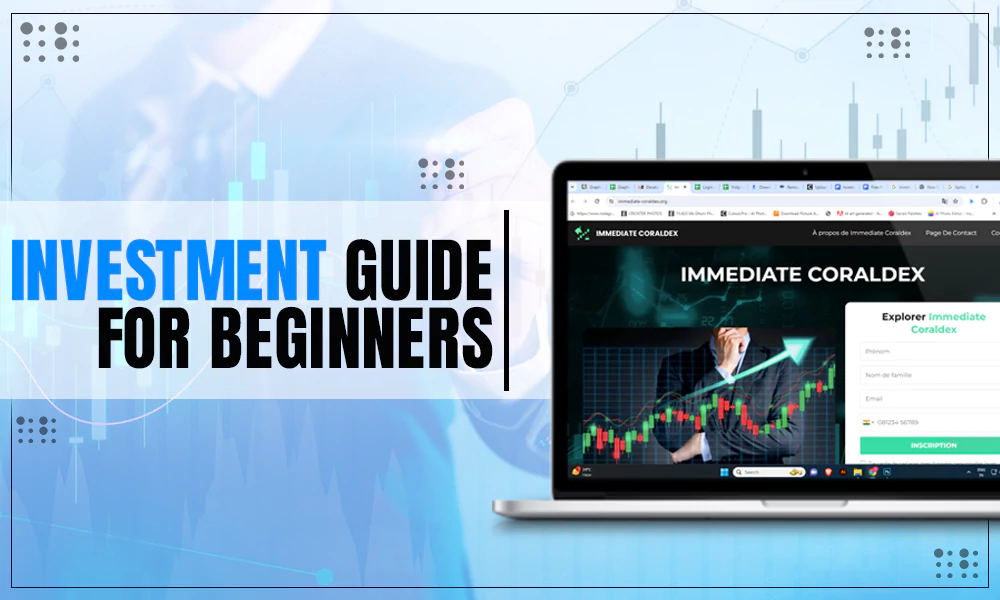Look at Primary Markets and Secondary Markets for Securities

The primary and secondary markets are two significant elements in the financial world that make it possible to issue, trade, and circulate a variety of financial instruments, with stocks and securities taking center stage.
Both businesses looking for funding and investors in the capital markets depend on these financial structures.
Let’s examine the importance of these economic instruments in further detail using the Adani Power share as a case study.
Understanding Securities and Stocks:
The ownership shares of a firm are represented by stocks, also known as equities. Investing in cyclical stocks makes you a shareholder, giving you access to the company’s resources, earnings, and decision-making capabilities.
On the other hand, securities cover a wider range of financial products that can be purchased and sold for trading, such as derivatives, bonds, and other financial instruments in addition to stocks.
Primary Market:
Companies first offer their securities to the public on the primary market, sometimes called the new issue market, to raise cash. In the case of Adani Power, the firm might have chosen to offer fresh shares to the general public through the primary market if it needed money for expansion, infrastructure development, or other endeavors.
Investment banks frequently play a significant part in this process by overseeing the issuance, assisting in setting the share price, and guiding the business in adhering to legal and regulatory requirements.
Due diligence, producing a prospectus that details the brand’s finances and prospects, and securing required regulatory approvals are just a few of the phases involved in the trading issuance process.
When the securities are released, interested parties purchase them, becoming business owners. The primary market is valuable for businesses like Adani Power to get funding for their projects and operations.
THINGS TO CONSIDER
Businesses can look into three types of primary market offerings – rights issuance (additional equity), private placement (direct sale to significant investors), and preferential allotment (special price points for selective investors).
Secondary Market:
Securities like shares of Adani Power join the secondary market after their original issuance in the primary market. Investors can purchase and sell shares of existing securities on this one, where existing securities are traded among participants.
The secondary market involves transactions between investors, as opposed to the primary one, where businesses raise cash directly, and the issuing company does not earn any additional funds from these transactions.
The secondary market is based on stock exchanges, where buyers and sellers of securities come together to do business at the current selling value. The dynamics of supply and demand, investor attitude, business performance, economic indicators, and other factors all affect the prices of assets in the secondary market.
Investors have access to liquidity through the secondary market, which enables them to turn their investments into cash at any time. For instance, if an investor has Adani Power shares purchased during the main issuance and wants to realize profits or cut losses, they can sell them on the secondary market.
Adani Power Share in Action:
For example, if Adani Power had issued its shares on the primary market, the business might have become publicly traded. These could have been subscribed to by investors who had faith in the brand’s future potential, making them co-owners of the company.
Shares of Adani Power join the secondary market after being listed and traded on the stock market. Afterward, investors can exchange the shares among themselves following their evaluations of exchange value, the brand’s performance, market changes, and other factors.

It is impossible to exaggerate the importance of both main and secondary marketplaces. The primary supports economic growth by giving businesses the resources necessary to launch large-scale initiatives, innovate, and grow.
The secondary improves market efficiency by enabling investors to share their opinions on businesses and sectors through purchasing and selling activities. These trading structures allow people and organizations to participate in the business’s success, which benefits both personal portfolios and the overall economy of Adani Power shares.
Factors Impacting the Adani Shares
Adani Power’s share price has seen a noteworthy increase recently. The stock has increased dramatically over the last year, startlingly increasing by almost 60%. The enterprise’s strategic efforts, sectoral trends, and general trade exchange attitude are only a few causes of this remarkable rise.
By examining the data, it is clear that Adani Power’s share price began to rise about six months ago noticeably. The stock showed steady upward momentum during this time, indicating a rise in investor confidence and demand.
This increase may be linked to several factors, including favorable developments in the power sector, internal operational improvements at the company, and potential market confidence regarding the prospects for the overall economy.
The trading volume of Adani Power shares also provides insights into investor activity and market sentiment. Big increases in trade volume coincide with big price changes, indicating increased interest and frenzied trading during those times.
These patterns imply that trading events like news, earnings announcements, or other events may have caused these changes. Despite the stock’s strong recent performance, there are still risks and difficulties to be aware of.
Market volatility, regulatory changes, and industry competition could impact the brand’s future growth trajectory. Investors should study extensively and keep up with any internal or external elements that might affect the enterprise’s future.
The primary and secondary markets are significant elements of the financial ecosystem because they act as channels for the issue and trading of securities like shares of Adani Power.
Collectively, these elements support effective capital allocation, engaged investor participation, and long-term economic growth. Investors’ active involvement in these vibrant trades is relevant for influencing market dynamics and business trajectory.
Conclusion
In conclusion, Adani Power Ltd’s stock performance emphasizes its significant role in the power generation industry. The extraordinary increase in stock prices over the previous year demonstrates investor confidence in the company’s prospects and market optimism.
The relationship between trading volume and price swings sheds light on how trading valuation affects the movement of the stock. Despite the brand’s recent successes, savvy investors should thoroughly consider all their investing options before taking action.
Adani Power’s strategic moves and adaptability will be valuable in defining its course in the stock market, especially given the ongoing revolution of the power sector.










